The typology of pavilions has been around for centuries, fluctuating between permanence and temporality, formality and informality. In retrospect, during all this time, pavilions have provided a mean for stylistic and technological experimentation. In the 21st century, architects explore new materiality and new construction methods, creating portable and flat-packed structures suitable for a variety of functions.
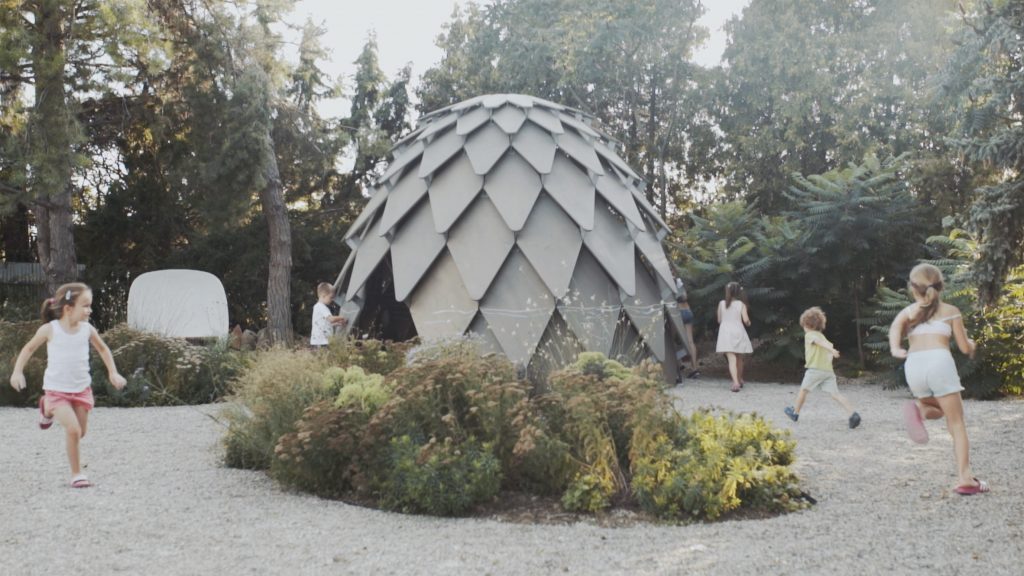
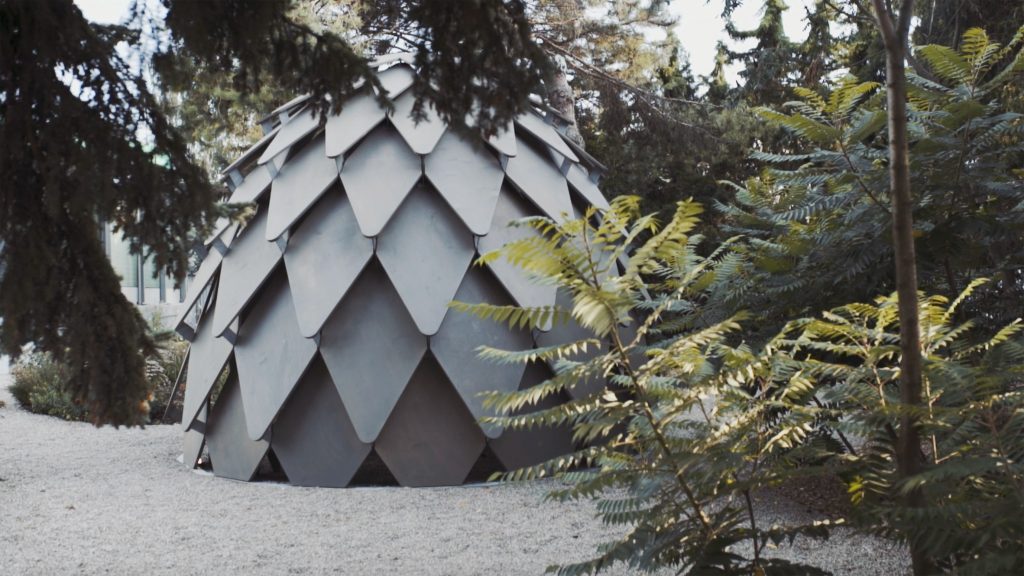
Siska pavilion by Atelier SAD and Mmcité1 (also header image)
Czech designers Atelier SAD and Mmcité1 has teamed up to design a mobile pinecone-shaped pavilion to be used as a place for children to play or as an outdoor classroom in public spaces. According to the team, the gazebo can even serve a place for meditation.
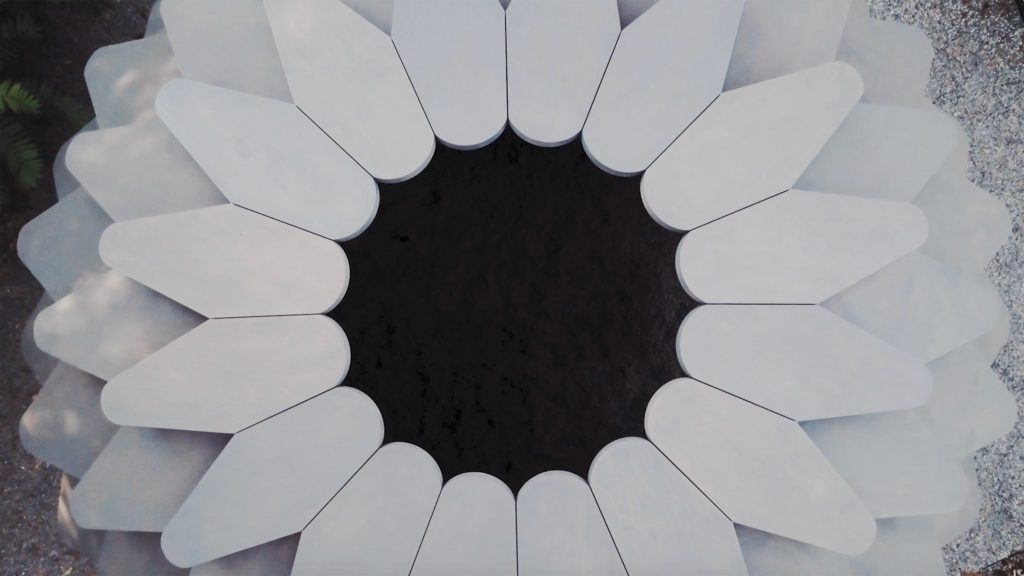
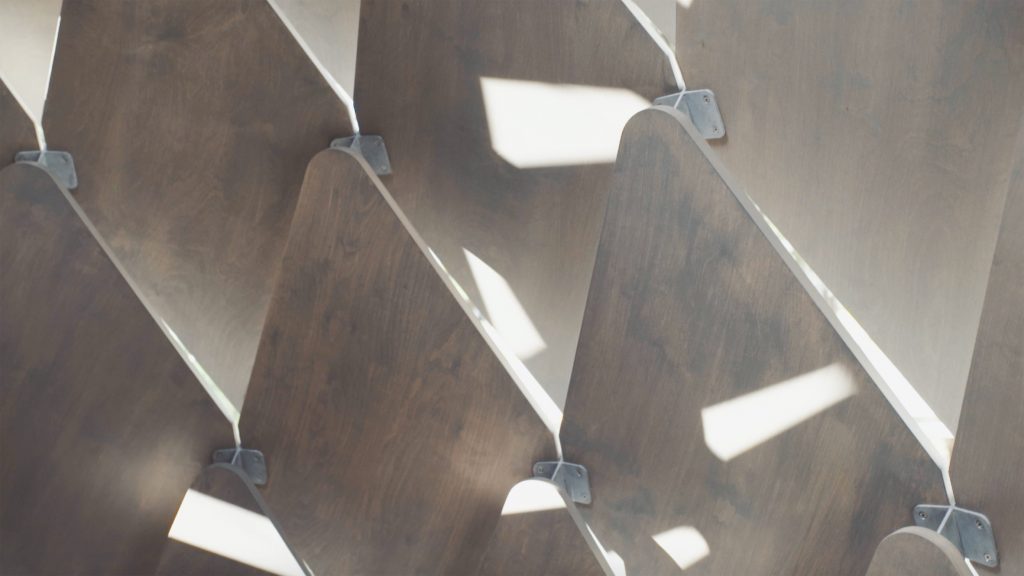
Siska pavilion by Atelier SAD and Mmcité1
Aptly named Siska (Czech for “pinecone”), the self-supporting structure is formed of 109 waterproof plywood scales connected together with galvanised joints and angled so as to shelter and shade the occupants from wind and rain. Each scale is covered with weather-resistant coating to prevent it from degrading over time. Slots between the scales provide natural ventilation, while a skylight in the roof allows smoke to escape in case the structure is used to light a campfire.
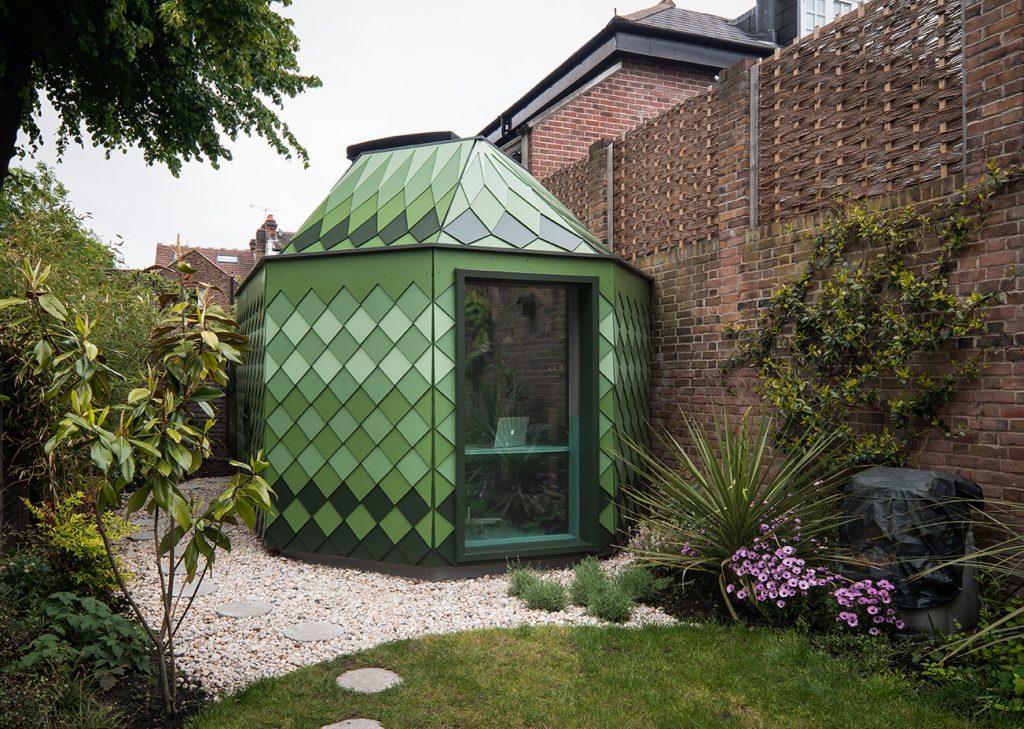
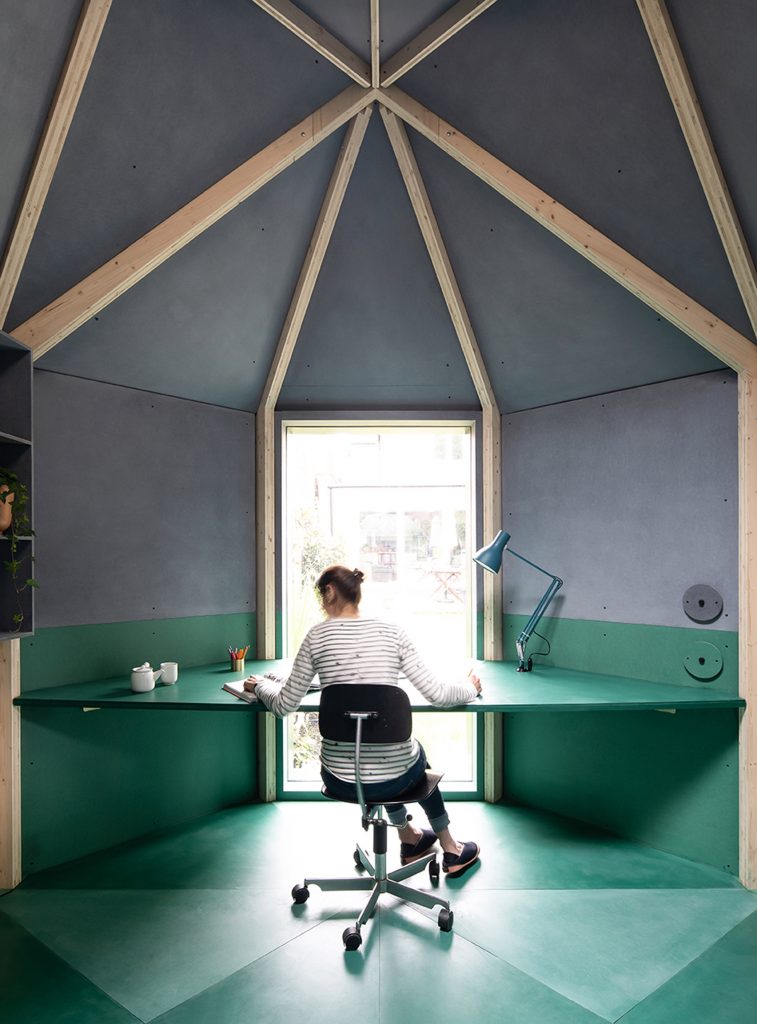
A Room in the Garden by Studio Ben Allen
The aesthetically pleasing shape and natural weather-resistance of pinecones have also been a source of inspiration for A Room in the Garden by London-based Studio Ben Allen. The space inside this octagonal, flatpack garden room can be used as a study, lounge or bedroom, and is defined by the timber columns, which meet at the top to create a latticed pattern around the skylight that provides natural lighting. The skylight also provides a central focal point, ideal when seeking a place to read or for quiet contemplation.
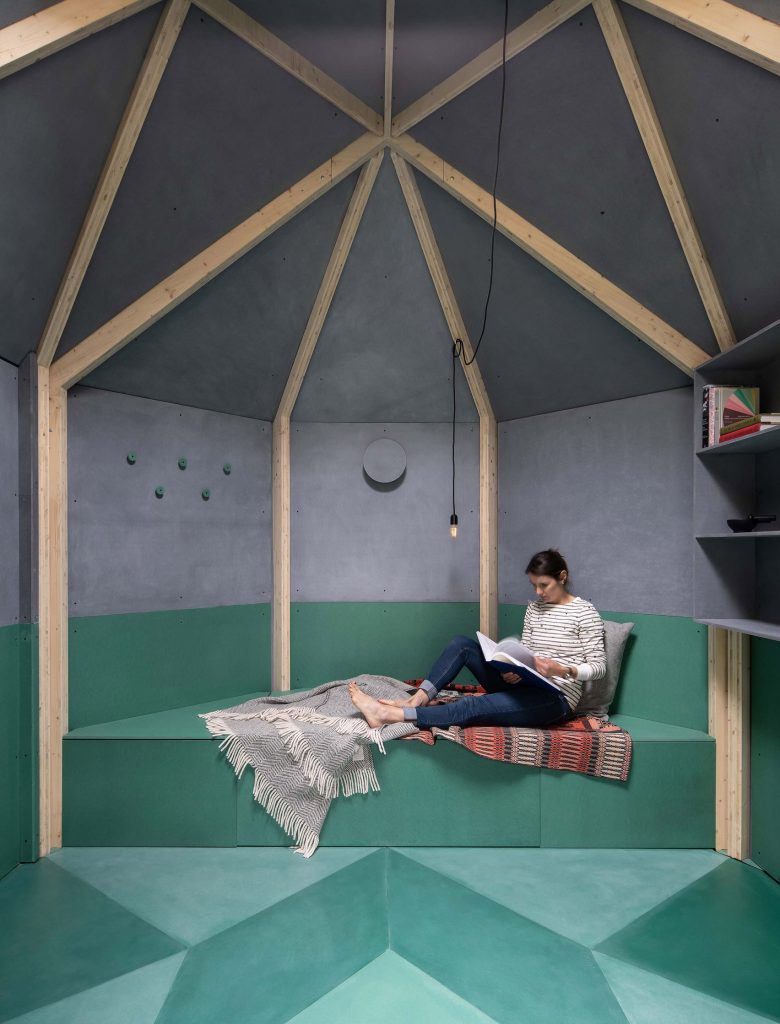
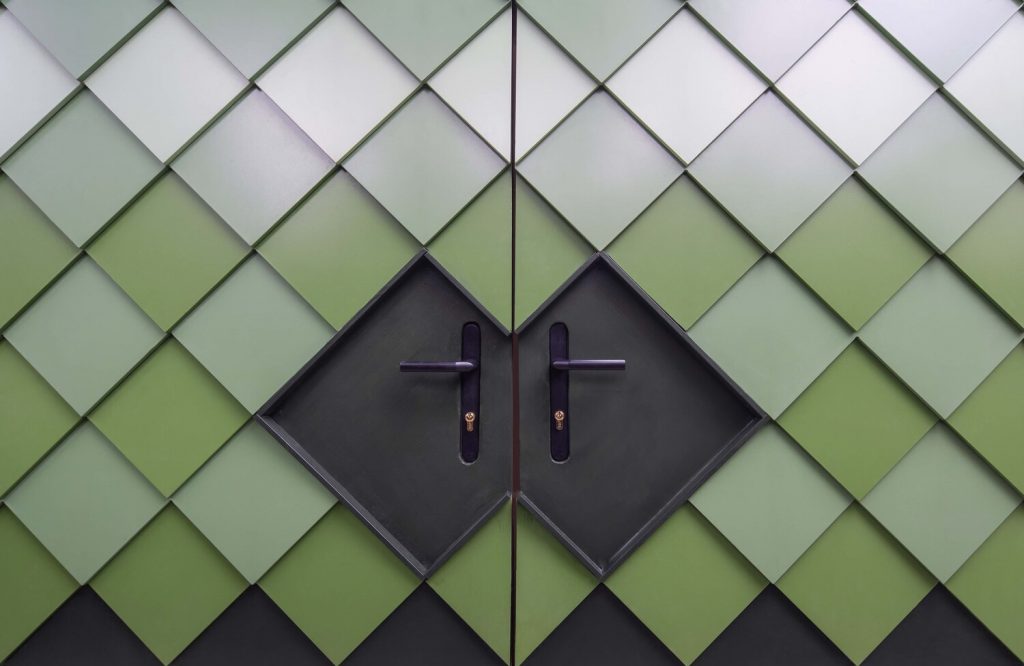
A Room in the Garden by Studio Ben Allen
Outside, the exterior is covered with green shingles the evoking playful 18th-century Dunmore Pineapple pavilion in Scotland. Shades of green were chosen to “surreally camouflage” the building, picking up on the colours of the surrounding trees, grass and plants. To further blur the boundary between the indoors and outdoors, double doors leading into the room can be pushed fully back into the garden during warmer months.
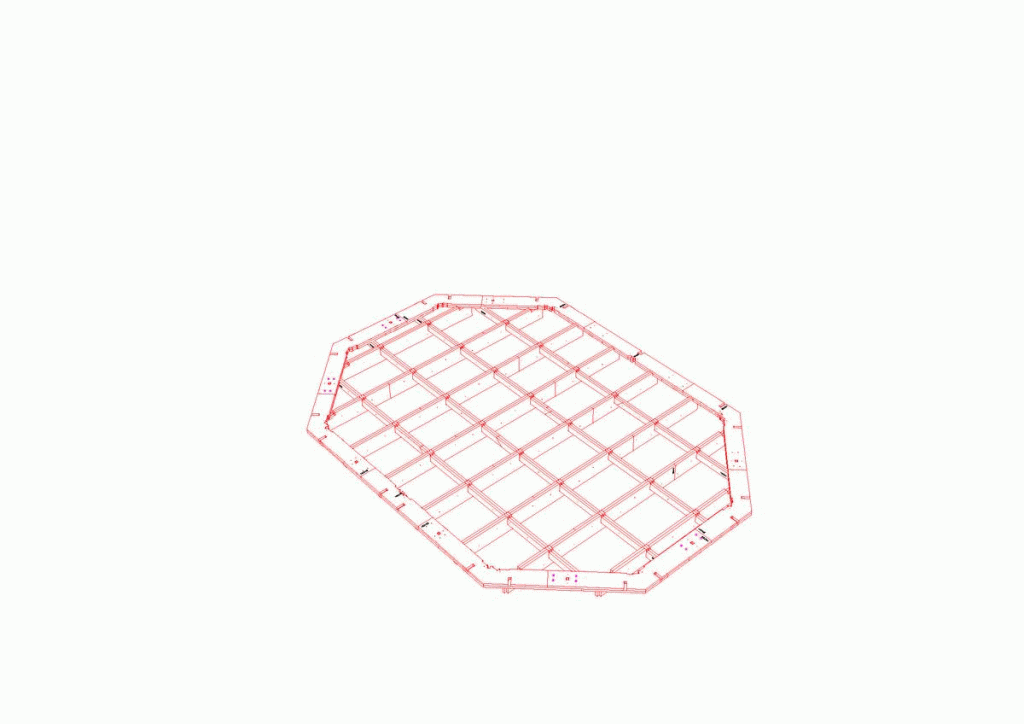
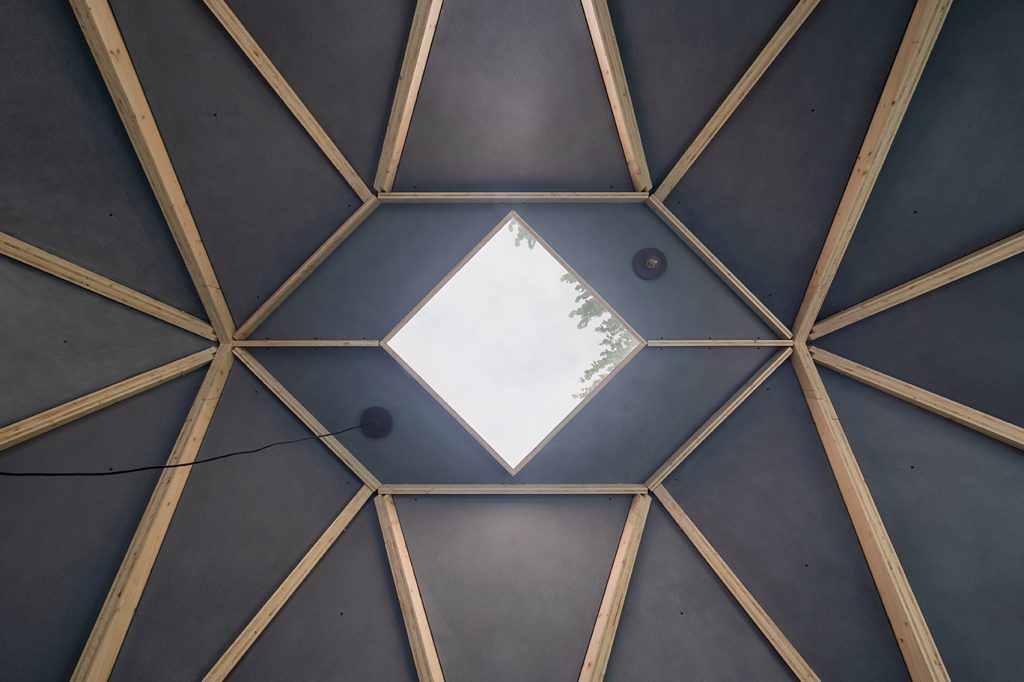
A Room in the Garden by Studio Ben Allen
Described by the architect as combination of both product and building, the design is intended to be simple enough for self-build assembly and reassembly, coming as a flat pack kit of parts, fully fabricated on a CNC machine, notched and pre-drilled. The project is both easy to construct and deconstruct to re-build elsewhere, in case the owners choose to move.
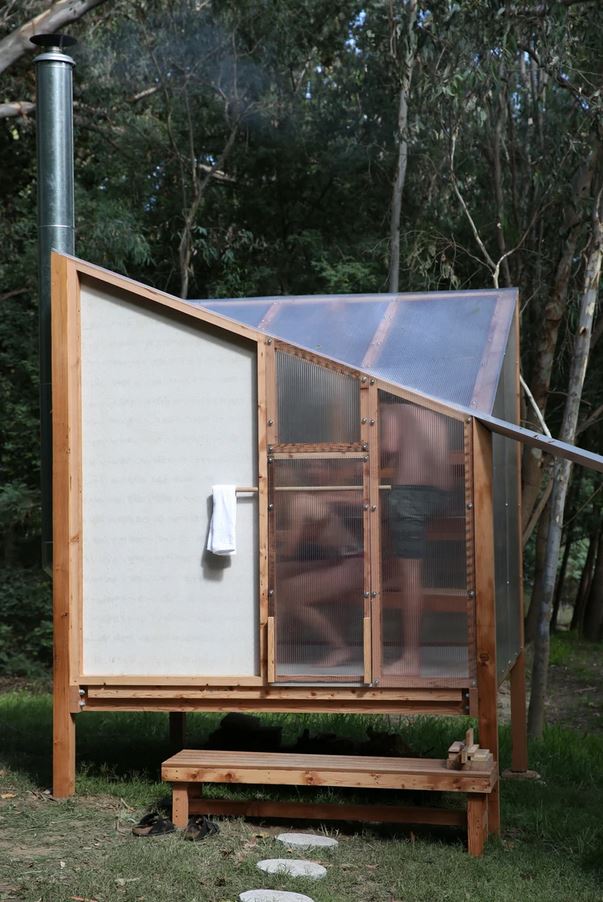
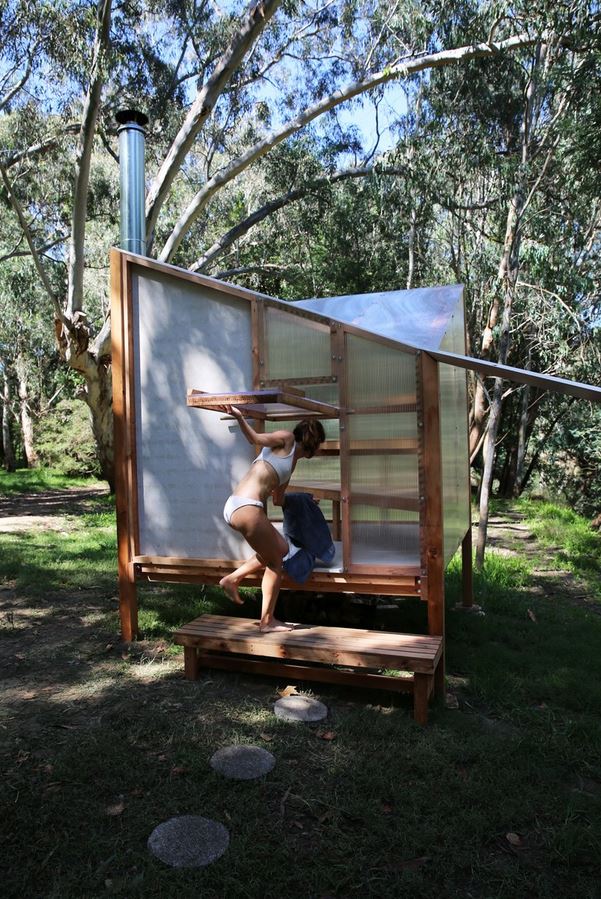
Atmosphere: A Revival by Studio Rain
The temporary structure designed by the Sydney-based art and architecture collective Studio Rain goes beyond a space for relaxation or work, offering an off-grid sauna experience. Installed on the bank of the Yarra river in Melbourne, which once was an iconic swimming destination from the 1920s-1960s, the project titled Atmosphere: A Revival seeks to revive bathing culture among the city dwellers and improve their health through collective bathing rituals originating from Japan and Scandinavian countries.


Atmosphere: A Revival by Studio Rain
The design philosophy is centered on a blurring of the boundaries between personal and public space. Traditional materials, such as reclaimed timber, are combined in the project with more experimental ones, which allow to play with levels of transparency and obscurity, intimacy and social contact.
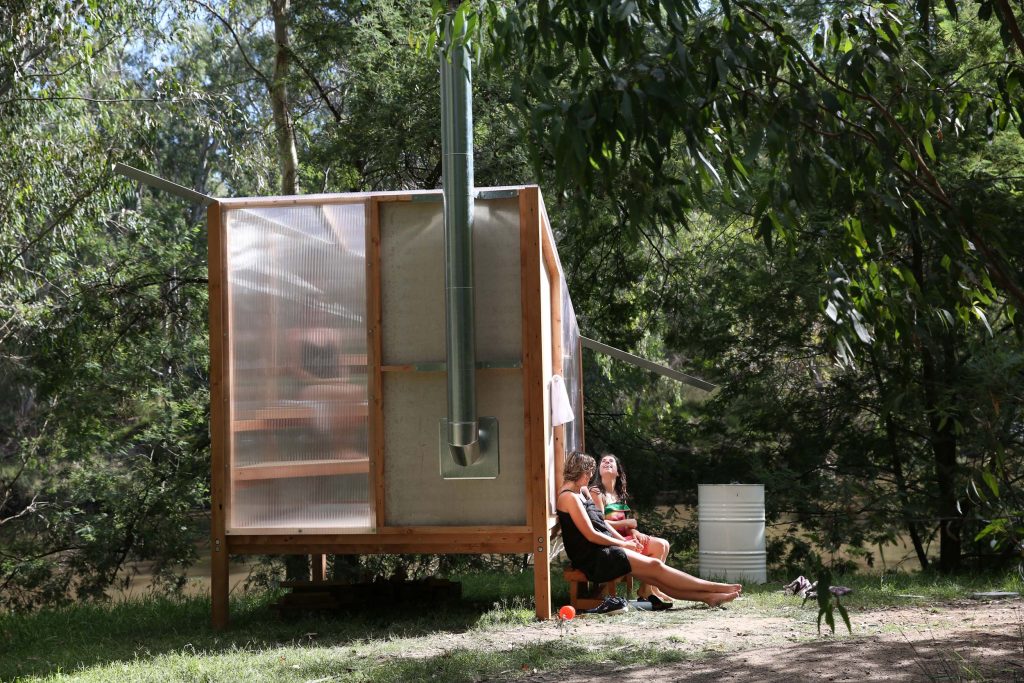
Atmosphere: A Revival by Studio Rain
The flat-packed design and lightweight prefabricated structure ensure that the sauna can be easily dismantled for future reuse.